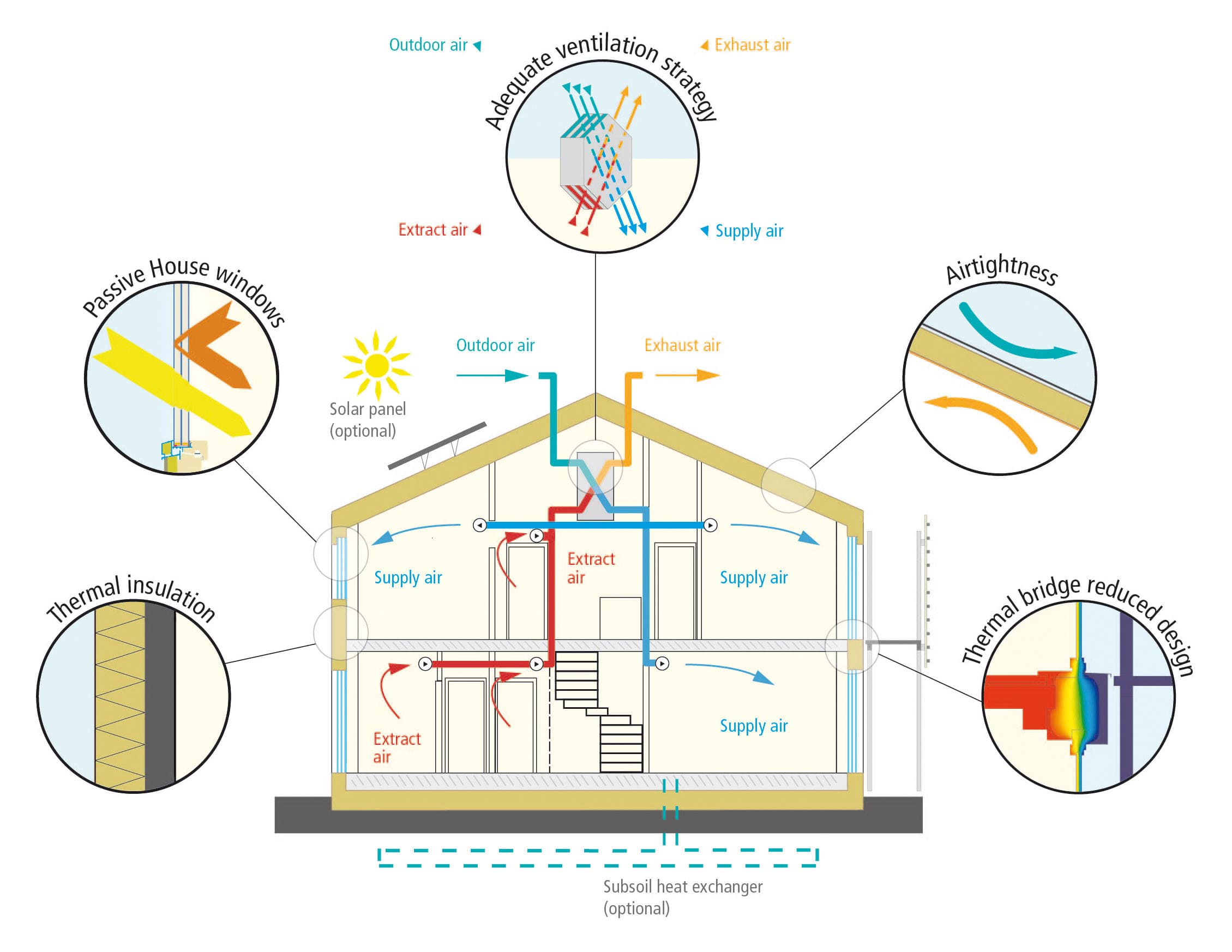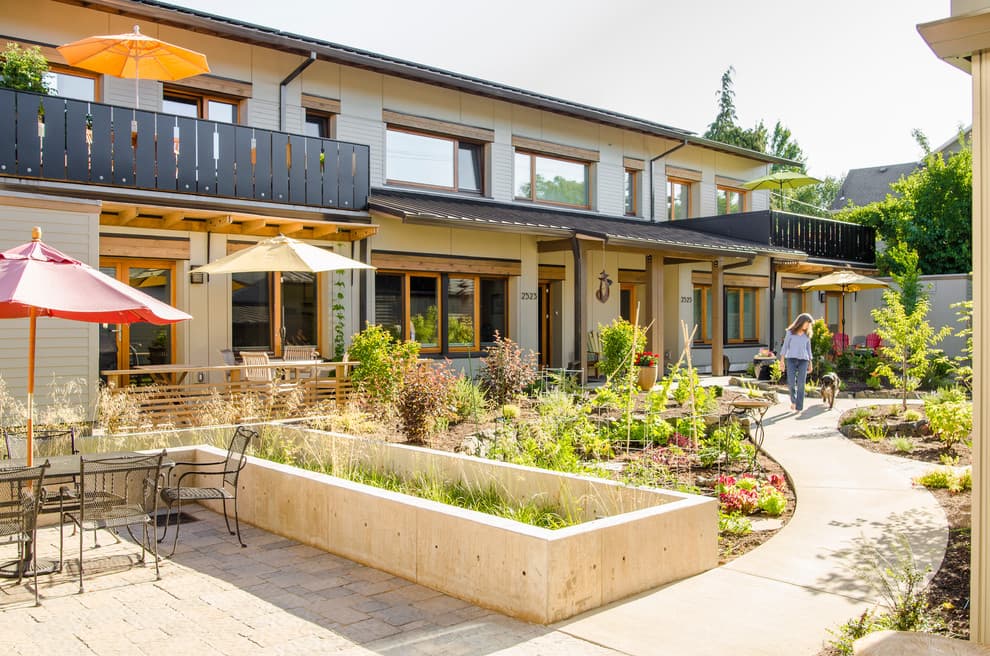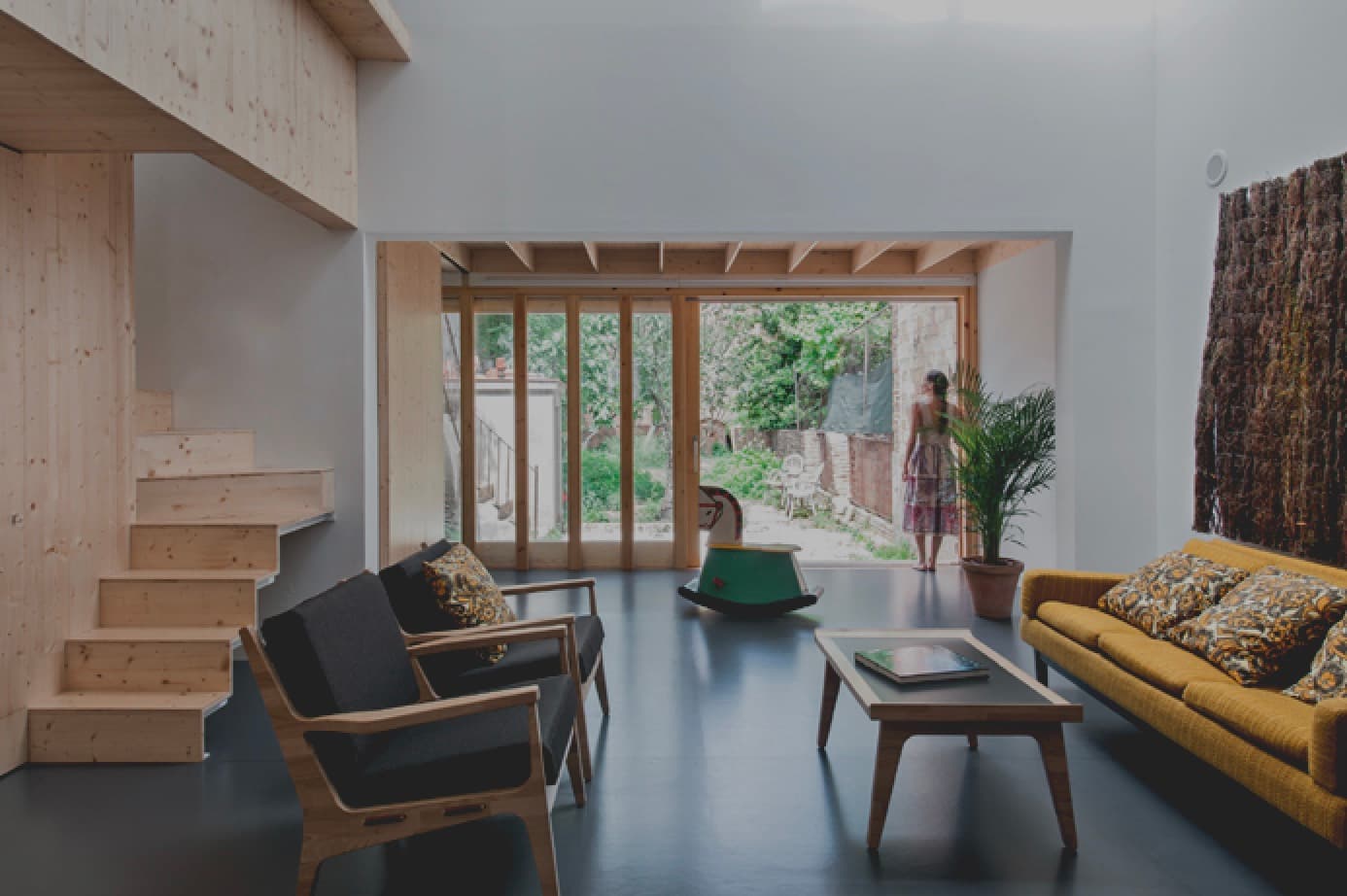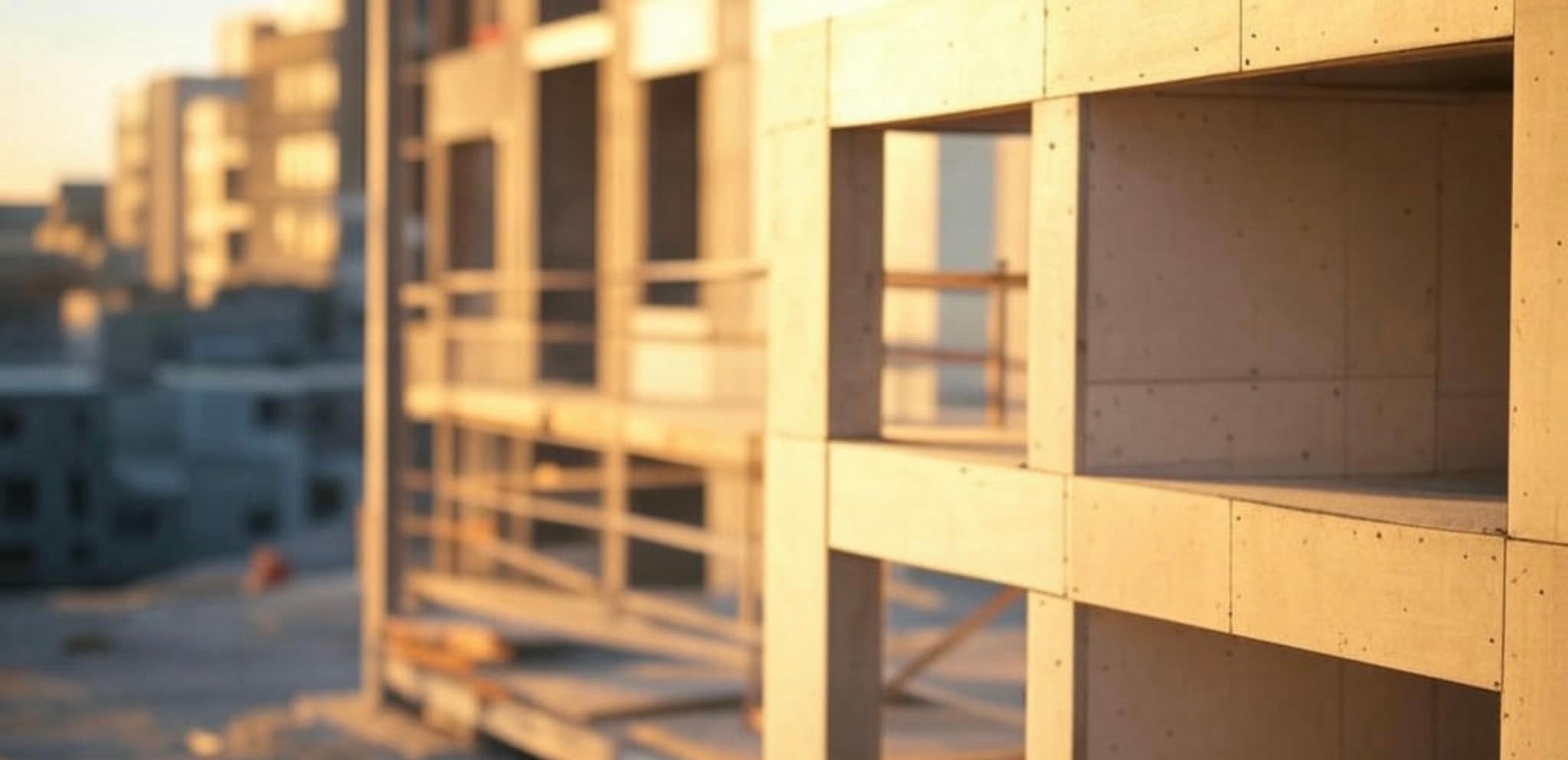
Passive House (PH) standards have evolved significantly since their inception by the Passive House Institute (PHI) in Darmstadt, Germany. What began as a single, clear-cut model has expanded into a diverse set of performance classes tailored for different climates, building types, and energy sources. This evolution reflects the growing complexity and ambition of low-energy building design, while preserving the foundational goals of airtightness, thermal comfort, and energy efficiency.
From Classic to Plus and Premium
The original Passive House standard—now referred to as the "Classic" PH standard—focused on a few key metrics: heating and cooling demand, airtightness, and total primary energy consumption. These standards set the bar for high-performance buildings:
- Heating or cooling load ≤ 10 W/m², or
- Annual heating or cooling demand ≤ 15 kWh/m²
- Airtightness ≤ 0.6 ACH50
- Primary Energy Renewable (PER) demand ≤ 60 kWh/m²/year
As our understanding of energy systems matured and renewable energy became more accessible, PHI introduced two new classifications:
- PH Plus: PER demand ≤ 45 kWh/m²/year, and ≥ 60 kWh/m²/year of on-site renewable generation
- PH Premium: PER demand ≤ 30 kWh/m²/year, and ≥ 120 kWh/m²/year of on-site renewable generation
These new classes encourage buildings to become not just energy efficient, but energy producing—pointing the way toward true net-zero performance.
EnerPHit: Standards for Retrofit Projects
Retrofitting existing buildings to Passive House levels poses unique challenges—especially in making older structures airtight and free of thermal bridges. To address this, PHI developed the EnerPHit standard, with two paths to compliance:
- Component Method: Use PHI-certified components designed for specific climate zones (seven in total, from Arctic to very hot).
- Demand-Based Method: Meet energy use and airtightness requirements similar to the Classic standard, but adjusted for existing conditions (e.g., heating demand between 15–35 kWh/m²/year and airtightness ≤ 1.0 ACH50).
Climate-specific details include solar gain limits (e.g., 100 kWh/m² of window area in cooling climates) and surface color requirements for buildings in hot zones, where reflective "cool" coatings are often mandated.
PHIUS: A Regional Approach for North America
Across the Atlantic, Passive House Institute US (PHIUS) has developed its own approach. Concluding that a single global standard doesn’t work for all climates, PHIUS created climate-specific, cost-optimized performance targets using BEOPT (a U.S. Department of Energy tool). These targets—covering ~1,000 North American locations—include:
- Annual and peak heating/cooling loads
- Moisture performance simulations using WUFI Passive
- Strict airtightness: ≤ 0.08 CFM75/ft² of envelope area
All certified PHIUS+ projects are also subjected to third-party quality assurance, ensuring performance is verified during construction.
Adaptations in Sweden and Beyond
Other countries have created their own PH-inspired standards. In Sweden, the Forum for Energy Efficient Building (FEBY) developed region-specific benchmarks. For instance:
- Southern Sweden aligns closely with PHI specs.
- Northern Sweden allows higher heating loads (up to 14 W/m²) and air exchange rates that match local code, ensuring ventilation systems are not overtaxed.
In extreme climates, designers must adapt further. Architect Thomas Greindl’s work just south of the Arctic Circle—using non-petroleum insulation and vocational students for labor—highlights how localized adaptation and hands-on training can make Passive House accessible and ecological.
Global Lessons and Local Decisions
From Switzerland’s Minergie-P standard to the climate-tuned specifications of PHIUS, the evolution of Passive House certifications shows that a "one-size-fits-all" model isn’t always feasible. The best standard for a project often depends on:
- Local climate and energy context
- Construction methods and materials
- Performance goals and client values
While PHI’s framework has the longest track record and widest international adoption, the expanding diversity of standards reflects a shared goal: to dramatically reduce energy use while delivering buildings that are comfortable, resilient, and future-ready.
Whether you're retrofitting a 1950s bungalow or designing a cutting-edge apartment block, the evolving Passive House standards offer a roadmap to sustainable excellence—adaptable, science-driven, and globally relevant.

Ankeny Row: Cohousing for Seasoned Folks in Portland
How a group of baby boomers created a Passive House cohousing community in Portland, Oregon, that addresses both environmental sustainability and the social needs of aging in place.

Applying Passive House Principles in Different Climates
Discover how Passive House principles can be successfully adapted to diverse climates worldwide, with real-world examples and practical solutions for maintaining comfort and efficiency in any environment.

Seven Principles of Passive House Design: Building for Efficiency and Comfort
Explore the seven foundational principles of Passive House design that ensure superior energy efficiency, exceptional indoor air quality, and lasting comfort in every climate.